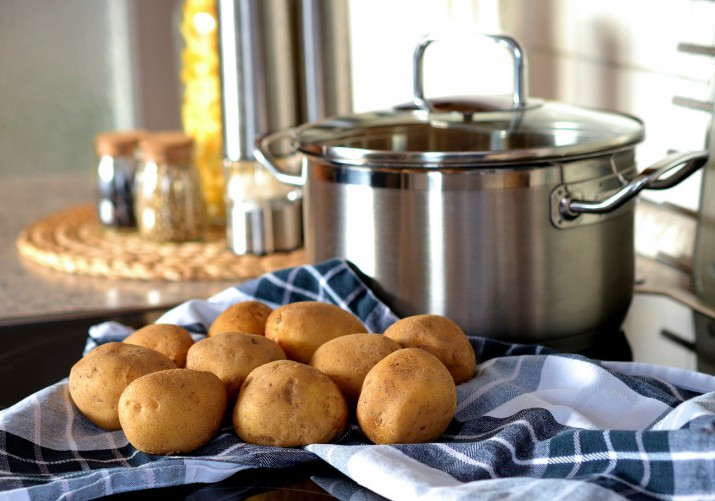The purpose of this article is to explore how the body processes carbohydrates like pasta or bread to get energy. A further look into our body’s energy systems will give a better explanation of how carbohydrates, fats, and proteins are broken down into energy. These concepts will help clarify what sources of carbohydrates to eat and when. A major goal of this article will also be explaining what “good” and “bad” carbs are. This is not a simple article about calories in versus calories out.

How do we get energy? From the foods we eat, right? Yes, but our bodies first need to digest what we eat and what we need to supply our bodies’ demand for. After the break down of food we eat (carbs, protein, fatty acids), we divide out where everything goes. That is in my opinion where most people need to process the information this article is about to present. Let’s explain this by introducing the three energy systems of our bodies have. The 3 energy systems of the body are called Phosphagen, Glycolytic, and Oxidative systems. The phosphagen system is our immediate source of energy and is always active in the first few seconds of all movements. This system provides energy from stored particles in our body that can “break off” units of energy for use. Of course, this system has its limits around 1-10 seconds of time. The glycolytic system means the breakdown of glucose from our blood. Glucose is broken down from carbs we eat and is freely floating in our blood for energy from this system. We can store some glucose in our body in limited quantities but our major storage form is called Triglycerides or fat! Interestingly enough our oxidative system provides energy from the breakdown of all three sources of proteins, carbs, and fats. This system takes time to do this and needs a high amount of oxygen present.
How does this help us? It’s important to note that the demand you put on your body reflects the major contributor of each energy system. For example, if I were to be a competitive marathon runner, I might require more carbohydrate intake than a sedentary adult who sits at a desk for work. Not to mention all of the other variables that play a role in someone’s metabolism. Another important point that was mentioned earlier, was that glucose is freely floating in our blood for energy. Our body will try to have a constant level of glucose in the blood for energy. If enough blood glucose concentrations are met and more is dumped into its stream, it must be dealt with by secreting insulin and driving it into the cells or converted to a storage form as explained before (fat).
When and what “carbs” to eat is by far the most complicated for most individuals when it comes to their diet. These questions and issues should be addressed at a far later date after an individual can express how many they are taking in. One must assess how many carbohydrates they are taking in on a daily basis before worrying about if it’s a “good” or “bad” carb. For example, white potato vs sweet potato. Both are carbs but depending on the demand I’ve been putting on my body I might choose a white potato over a sweet potato because I just ran a marathon and I require a quick supply of glucose into the body. In my opinion, many people don’t know how long of duration(time) a piece of food will give them energy. There are too many psychology and neurological factors to why someone will eat again and hunger setting in long before energy levels drop. Listen to your body and know that it is perfectly fine to feel hungry for a period of time.



